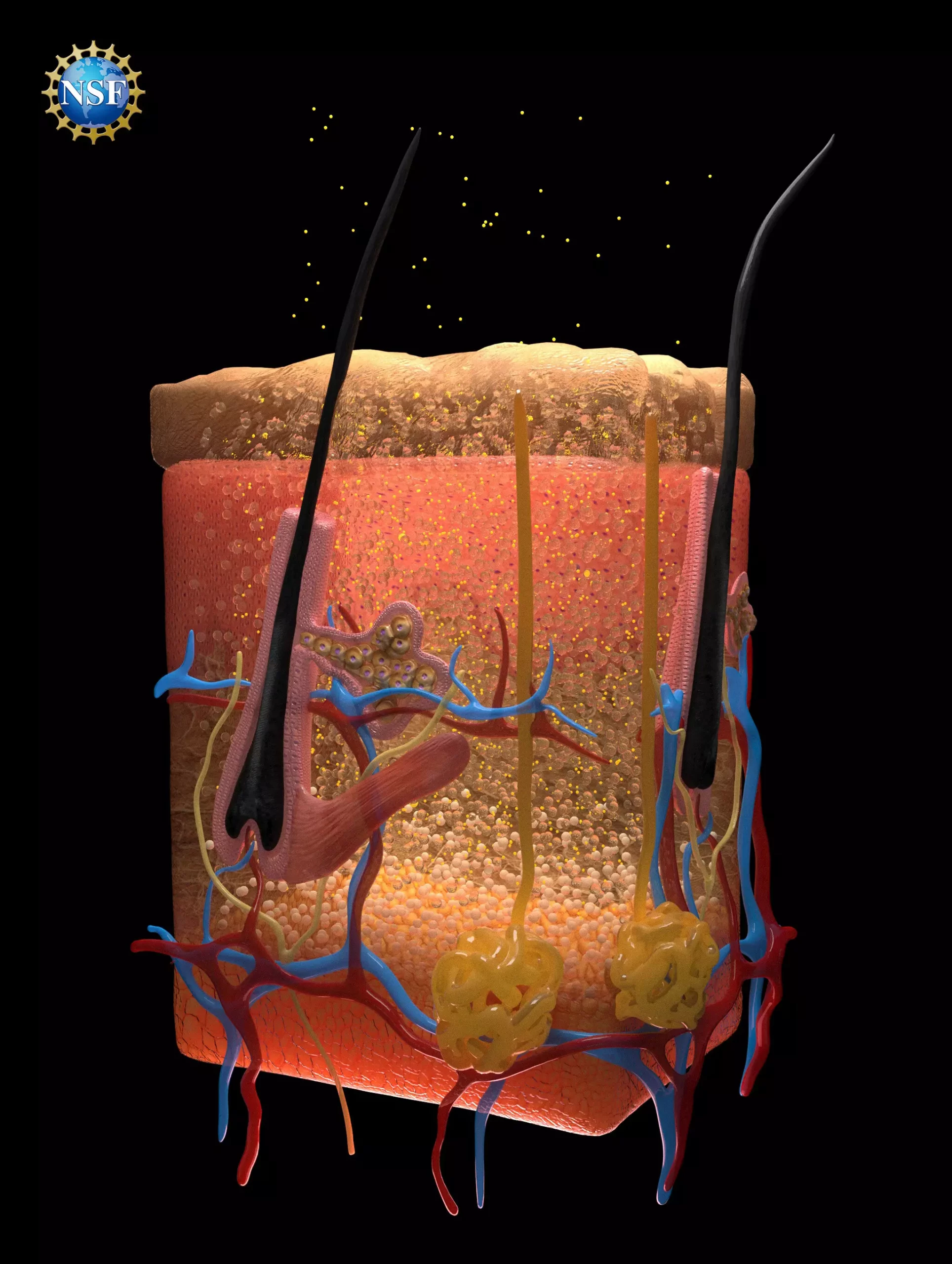In a fascinating development at Stanford University, researchers have pioneered a technique that promises to redefine medical diagnostics by rendering biological tissues transparent to visible light. This innovative approach, which involves the application of a food-safe dye, has the potential to enhance the visibility of internal organs and systems, allowing for better diagnostics and treatment across a variety of medical fields. Published in the journal *Science*, this breakthrough could have far-reaching implications for understanding and treating ailments, ranging from injuries to cancer.
Central to the research is the manipulation of light’s interaction with biological tissues. The challenge lies in how different materials within the body—fatty substances, cellular fluids, and proteins—scatter light due to their distinct refractive indices. When light travels through tissues, it bends and scatters, creating an opaque effect that obscures visibility. To overcome this issue, the researchers sought to equalize the refractive indices of the surrounding materials. They discovered that certain dyes, notably tartrazine—commonly known as FD & C Yellow 5—exert powerful effects not only in absorbing light but also in directing it uniformly through varying biological structures.
By tailoring the concentration of this dye, the team was able to gradually alter the refractive index of biological tissues during controlled experiments, effectively turning solid organ structures into transparent media. This technique illuminates the potential for detailed imaging at microscopic levels, paving the way to breakthroughs in diagnostics.
The researchers initially validated their findings on thin slices of chicken breast, observing that as the concentration of tartrazine increased, the tissues became remarkably transparent. This initial success set the stage for live animal testing where the dye was applied to the scalp and abdomen of mice. Such applications revealed intricate blood vessel patterns in the brain and provided stunning insights into the dynamic processes within the abdomen, such as heartbeats and intestinal contractions. Notably, the effects were reversible; tissues returned to their original opaque state once the dye was washed away, and any remaining dye was excreted without adverse effects.
The capability to visualize dynamic bodily processes opens doors to early disease detection and precise monitoring of drug therapies. Imagine a scenario where physicians could watch the movement of blood in real time or observe the contractions within a compromised digestive system—all without invasive procedures.
Beyond diagnostics, the applications of this transparent imaging technology are vast. As noted by Guosong Hong, an assistant professor of materials science and engineering at Stanford, improved visibility in veins could streamline blood draws, while enhanced precision in laser treatments could allow for better targeting of cancerous cells without harming surrounding tissues. The potential to see deeper into the body through non-invasive means signifies a revolutionary advancement in patient care.
Moreover, the implications extend to cosmetic procedures as well. For instance, tattoo removal, typically reliant on surface-level treatments, could benefit from the increased capacity to visualize the layers of skin and the ink beneath, leading to more effective results.
The success of this research underscores the importance of interdisciplinary collaboration. The project originally stemmed from investigations into how microwave radiation affects biological tissues but evolved based on fundamental principles from optics. This intersection has not only yielded innovative methods for transparency but also exemplifies how theoretical physics can push the boundaries of medical science.
Through a comprehensive team effort that included 21 students, researchers, and advisors, the work utilized various analytical systems. A vintage ellipsometer, typically associated with semiconductor manufacturing, was adapted for this medical application, highlighting the value of versatile tools in groundbreaking research. Richard Nash, an NSF Program Officer, emphasized the often-overlooked significance of conventional instruments playing pivotal roles in abnormal use cases, reinforcing the need for funding and accessibility in basic research.
As this breakthrough technology moves forward, the researchers anticipate the development of a new scientific field that aligns specific dyes with biological tissues according to their optical properties. This could lead to many applications, from enhanced imaging techniques to more precise medical interventions. In an era where technology and medicine are increasingly intertwined, the implications of achieving optical transparency in live organisms could redefine diagnostic methodologies and therapeutic strategies.
The ongoing exploration into making biological tissues transparent marks a significant leap in medical imaging, providing insights that could reshape healthcare. As scientific inquiry continues to push boundaries, the confluence of optics and biomedicine holds promising prospects for improving patient outcomes. It is an exciting time for both researchers and practitioners as they look ahead to a future where clarity in medical diagnostics could offer both patients and healthcare providers a clearer understanding of health and disease.


Leave a Reply